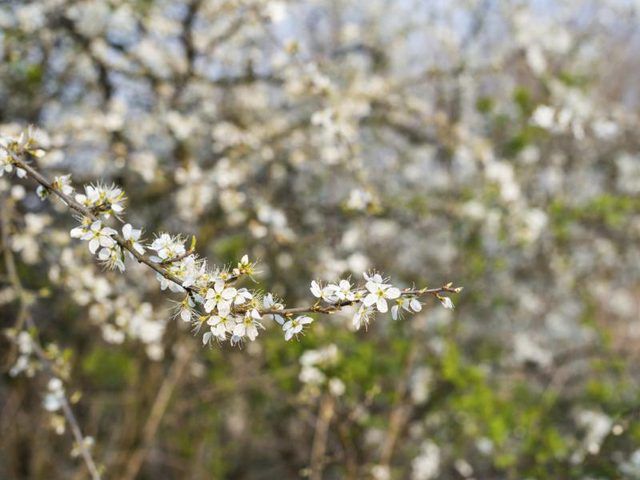Bulbs
Flower Basics
Flower Beds & Specialty Gardens
Flower Garden
Garden Furniture
Garden Gnomes
Garden Seeds
Garden Sheds
Garden Statues
Garden Tools & Supplies
Gardening Basics
Green & Organic
Groundcovers & Vines
Growing Annuals
Growing Basil
Growing Beans
Growing Berries
Growing Blueberries
Growing Cactus
Growing Corn
Growing Cotton
Growing Edibles
Growing Flowers
Growing Garlic
Growing Grapes
Growing Grass
Growing Herbs
Growing Jasmine
Growing Mint
Growing Mushrooms
Orchids
Growing Peanuts
Growing Perennials
Growing Plants
Growing Rosemary
Growing Roses
Growing Strawberries
Growing Sunflowers
Growing Thyme
Growing Tomatoes
Growing Tulips
Growing Vegetables
Herb Basics
Herb Garden
Indoor Growing
Landscaping Basics
Landscaping Patios
Landscaping Plants
Landscaping Shrubs
Landscaping Trees
Landscaping Walks & Pathways
Lawn Basics
Lawn Maintenance
Lawn Mowers
Lawn Ornaments
Lawn Planting
Lawn Tools
Outdoor Growing
Overall Landscape Planning
Pests, Weeds & Problems
Plant Basics
Rock Garden
Rose Garden
Shrubs
Soil
Specialty Gardens
Trees
Vegetable Garden
Yard Maintenance
How to Grow a Serviceberry Tree
How to Grow a Serviceberry Tree. If a small-to-medium tree with attractive flowers and edible berries fits into your garden plan, consider planting a serviceberry (*Amelanchier* spp.). The tree also goes by other names -- *juneberry, shadbush* and *shadblow*, for example -- and comes in several species, but all share some common features....

If a small-to-medium tree with attractive flowers and edible berries fits into your garden plan, consider planting a serviceberry (Amelanchier spp.). The tree also goes by other names -- juneberry, shadbush and shadblow, for example -- and comes in several species, but all share some common features. Serviceberries grow in U.S. Department of Agriculture plant hardiness zones 3 or 4 through 8 or 9, depending on the exact variety. They tolerate a range of light conditions and any type of soil, and are easy to grow when given some basic care.
Getting Started
Cultivated serviceberry trees include the downy serviceberry (Amelanchier arborea), which grows in USDA zones 4 through 9, and the common serviceberry (*Amelanchier canadensis), which grows in zones 4 through 8. All varieties are deciduous, so it's best to plant a young tree in early spring, just before it puts out new growth. You can also plant in early fall, while the soil is still warm and new roots have time to grow. Summer planting is also possible but more risky, because hot weather can stress the tree and heighten shock from transplanting. If you must plant in summer, keep the tree well watered.
Most species are medium-sized and grow at a modest rate -- for example, the downy serviceberry is about 10 feet tall after five to 10 years, eventually becoming 25 feet tall and 15 feet wide -- so allow about 7 or 8 feet of free space around the tree, a spacing that works for any species. Fruit drop can cause messy litter, so serviceberry may not be suitable near a patio or similar area.
Basic Care
The serviceberry tolerates a variety of light conditions, but a spot that gets filtered sun through a canopy of taller trees is ideal. It also does well in any type of garden soil, provided it's well-drained.
This tree is tolerant of dry spells once established, but grows best with a regular supply of moisture. To provide it with adequate water, check the soil 4 to 8 inches deep every week and water whenever it feels dry; run a trickling hose at its base for several hours, to ensure you water deeply.
Add a few inches of organic mulch under the tree's canopy to conserve soil moisture, but keep it back from the trunk to avoid fungal problems.
Pruning and Fertilizing
A young serviceberry is naturally shrubby and multi-stemmed, and doesn't require pruning for the first three years, except to remove damaged or broken branches. But you can shape it into a single-trunked tree by removing all but one strong, straight stem at planting. In later years, prune back a few branches to encourage new growth, but leave some older branches because fruit forms on 2- to 4-year-old stems. Prune when the tree is dormant and wipe your blade with rubbing alcohol between cuts to prevent spread of plant disease.
Don't fertilize a serviceberry until the second season, then feed every spring when new growth first appears. Use a balanced fertilizer such as a 16-16-16 formula, mixing 1/2 pound into the soil under each 100 square feet of area under the tree's canopy, but check your product label for further directions. Water thoroughly after fertilizing.
Possible Problems
Fungal disorders might become a problem for a serviceberry it it's grown under especially wet conditions or where air circulation is poor. For example, witches' broom causes black fungal growths on leaf undersides, leaf blight can cause black spots on leaves, while fire blight causes wilting and die-back of branch tips. Prune damaged branches, making cuts at least 4 inches behind the diseased branch portion. To prevent these problems, water the tree at its base to keep foliage dry and clear away debris regularly.
Pests that might attack leaves and slow growth include worm-like larvae that are greenish-back or form cocoons on leaves; these should be hand-picked where possible. Some boring insects can also cause damage, but healthy trees that are fertilized and watered regularly are less susceptible. Aphids, tiny green insects, and microscopic mites that produce webs on leaves can also damage foliage. Control aphids and mites by spraying at two-week intervals with insecticidal soap, diluted at a rate of 5 tablespoons per gallon of water.